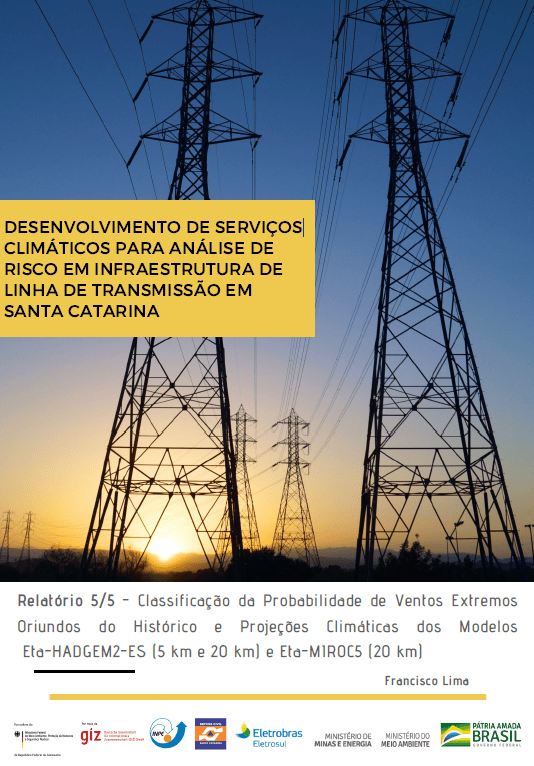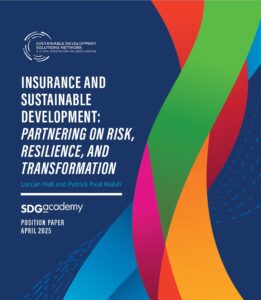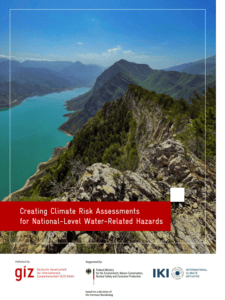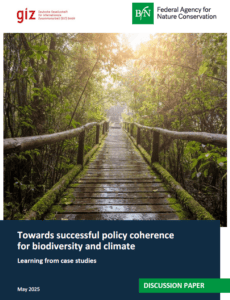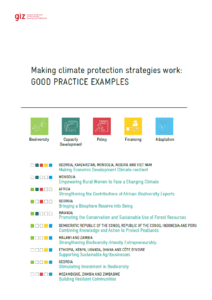According to the National Policy on Climate Change (PNMC), established by law in 2009, adaptation refers to initiatives and measures taken to reduce the vulnerability of natural and human systems to the current and expected effects of climate change. Even with efforts to mitigate greenhouse gas emissions, it is acknowledged that the effects of climate change on the planet will be inevitable, with significant impacts on ecosystems, society, and the economy. In recent years, Brazil has been integrating adaptation into its national climate change agenda by identifying impacts, mapping vulnerabilities, and establishing a natural disaster monitoring and warning system. The country has also established a National Plan for Adaptation to Climate Change (PNA) and included it in its Nationally Determined Contribution (NDC) to the United Nations Framework Convention on Climate Change. Germany is one of Brazil’s main partners in implementing the national adaptation agenda, offering cooperation through the International Climate Initiative. One notable project is the Expansion of Climate Services for Infrastructure Investments (CSI), which aims to increase the use of national climate services in the planning and risk assessment of infrastructure investments.
The transmission lines sector in Santa Catarina, Brazil faces particular challenges related to destruction caused by atmospheric discharges. Atmospheric discharge, or lightning, consists of a electrical discharge of great extension and intensity, which occurs in the atmosphere through an ionized channel, which can present
several branches in the vertical and/or horizontal direction. There is a growing interest in studying atmospheric discharges due to the destruction they can cause, including power outages, damage to transmission lines and buildings, and more. A better understanding of the trends and frequency of these discharges, especially in the context of climate change, can help with future infrastructure planning and decision-making. The following threefold report is the result of a research project to study the occurrence of atmospheric discharges in Santa Catarina, including identifying seasonal patterns, trends, and mechanisms that may favor these events, in order to project future occurrences in a changing climate.
Report 3/3 – Dynamic Mechanisms Associated with Incidence of Electric Discharges in Santa Catarina

